by Elaine Wilshusen, Somervell County Master Gardener
A favorite plant of mine is the Texas native, Symphyotrichum oblongifolium, known commonly as Fall Aster. It appears most of the spring and summer as a smallish dark green shrubby plant, disappearing into the background. However, after most other plants have stopped flowering, Fall Aster rewards the patient gardener by bursting into bloom with hundreds of 1″-sized purple flowers with yellow centers. It is deer resistant, plus bees and butterflies love it!
Fall Aster is a vigorously growing perennial, growing 2-3 feet tall with a spread of the same dimensions. It appreciates full sun but will tolerate part shade. Fall Aster will tolerate most soil types with good drainage and it is fairly drought tolerant. It is hardy to USDA Zone 4, making it a good choice for our North Central Texas winters. The top growth will typically die back after the first freeze of winter and can be pruned back at that time, if desired.
To keep the plants tidy and more rounded in shape, pinch back or trim them with scissors by no more than half in early June. This will also result in many more flowers in the fall.
Another great thing about Fall Aster is that they are so easily divided and passed along to others or planted in a new bed. I planted small, finger-sized divisions I dug up from my daughter’s garden last April. They appeared on the verge of death for a couple of weeks but then rebounded quickly. By June, they were already large enough to pinch back. Now, they are busily forming tiny buds getting ready to bloom in a few weeks!

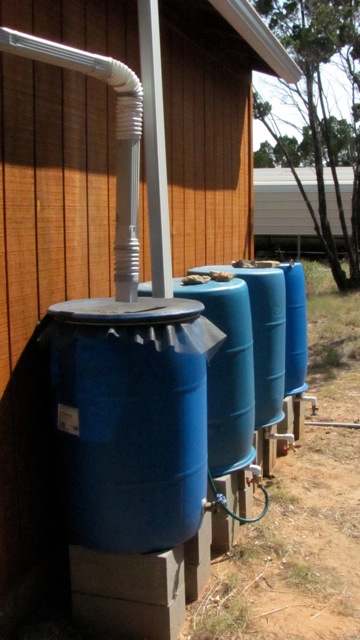
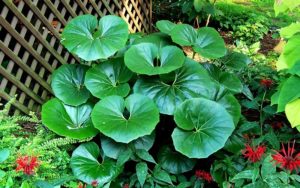

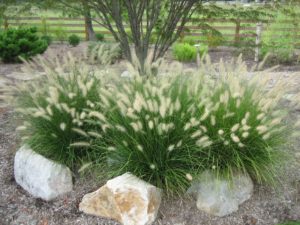
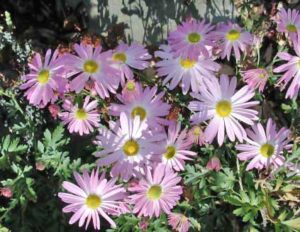
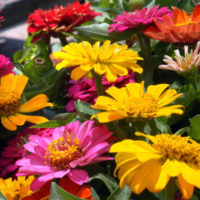

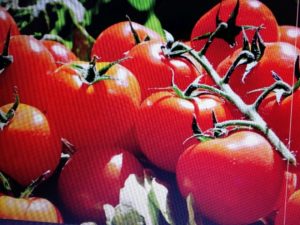
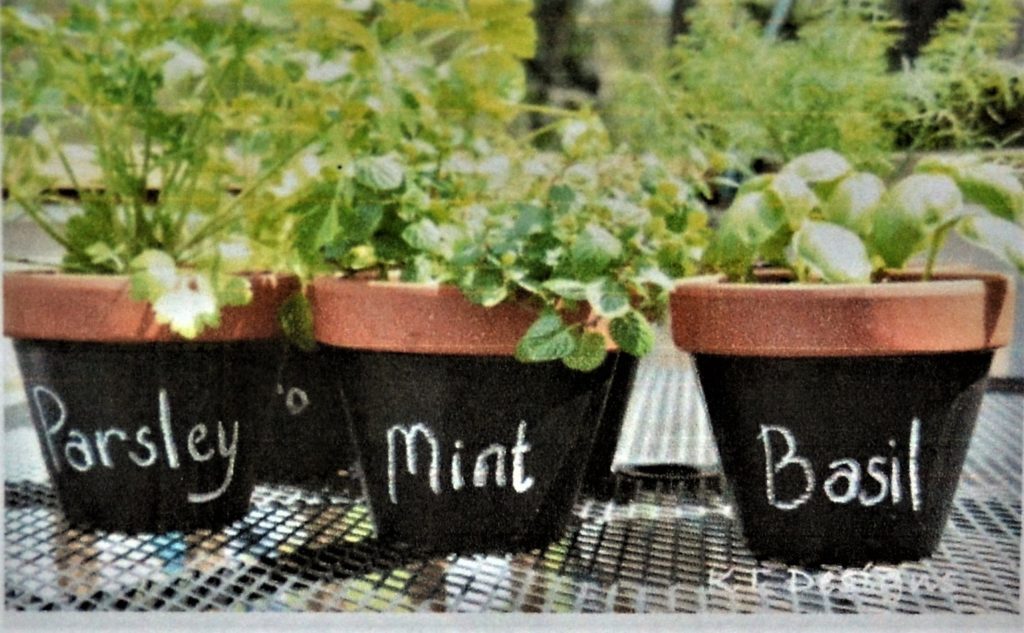 Children’s Herb Workshop
Children’s Herb Workshop